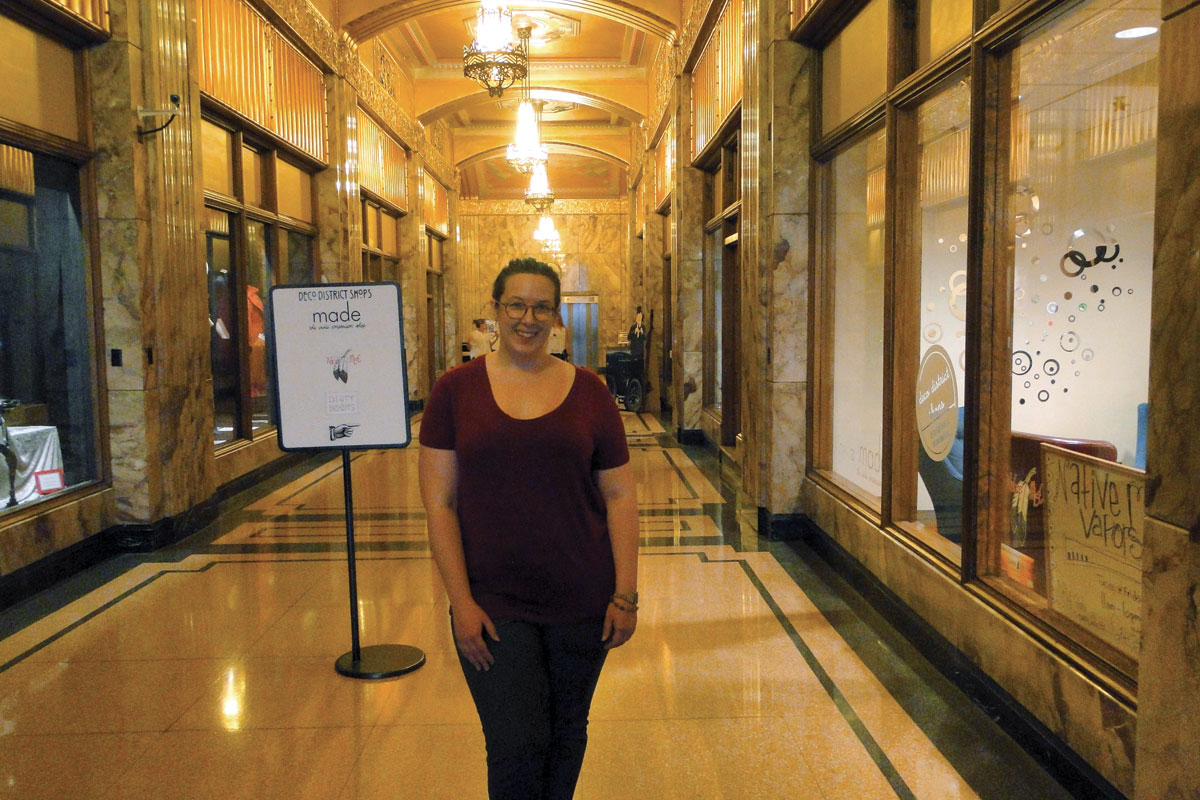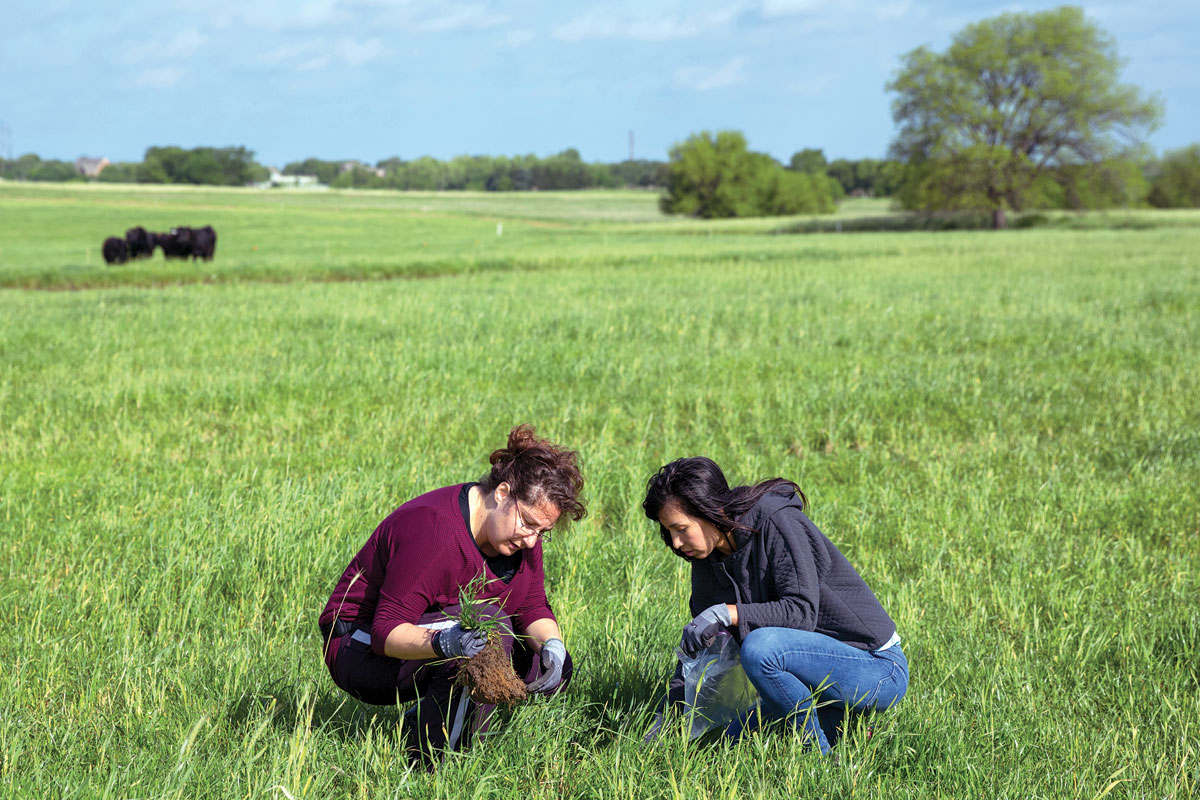
Museum celebrates the city’s unique artistic history
Tulsa’s earliest roots go back to the Indian relocation in the early 1800s. The railroads entered the picture in the 1880s, followed by what may be the most historically significant occurrence in the area: the discovery of oil.
Soon after that discovery, Oklahoma became a state. Then in the 1920s, Tulsa, Okla., was known as the “Oil Capital of the World.” With oil comes money and with money comes breathtaking architecture and decorative arts
What was originally called “style moderne” was renamed in the 1960s as Art Deco. It was an architectural and artistic influence that permeated jewelry as well as everyday items such as toasters and ashtrays, and privacy screens. The movement infused Western Europe and the United States and embodied a sleek elegance denoting sophistication. One of distinguishing characteristics of Art Deco was its purposeful design modification of everyday objects into something artistic and available to more than just the wealthy. Common features of design included greyhounds, long and elegant ladies, Egyptian motifs, and the use of materials such as chrome and glass in geometric, rhythmic and abstract design.
What Art Deco has to do with Tulsa is that as the oil money came in and buildings and decorative arts came into demand, Art Deco was frequently the style of choice. One of the financial kingpins of this era was Waite Phillips who built, among many other structures, two business complexes: Philcade and Philtower. The buildings were connected by an 80-foot tunnel under 5th Street, built ostensibly to facilitate moving freight between the buildings but rumored to ease Waite’s fear of being kidnapped by gangsters while going from his offices in Philtower to his residence in Philcade. The fear was not unreasonable because similar kidnappings had happened in other cities at the time.
The Philcade building has remained a premier example of Art Deco architecture, design and art and is home to the Tulsa Art Deco Museum. The museum is unique in that the displays are behind large lobby windows. The museum is serviced by reception area and gift shop hosted by volunteers and a knowledgeable museum coordinator named Erin Owen.
The president and founder of the museum is William Franklin. While the museum is not one of those with innumerable display halls that soon blend together and blur perspective, this quaint museum is eye-catching and colorful but nonetheless comprehensive.
The museum is relatively new having been in existence only five years, so is still growing. Eventually they would like to secure a larger space to better fulfill its mission in Tulsa. However, the building itself is a huge attraction representing the style magnificently.
First initially conceived as a six story building, the Philcade Building eventually rose to 13 stories with a 4,000 square-foot penthouse residence added later. Floors three through 13 devoted to office spaces. Terra-cotta is the façade for the first story, mezzanine and second-story and is accented by stylized animals and plants. The main entrances are flanked by Egyptian columns reaching to the second floor and capped by a horizontal terra-cotta beam with Waite’s initials accented by curving vines and flowers and fruits. The roofline also contains an Egyptian motif.
The lobby is breathtaking, with one glance in any direction exemplifying and clearly communicating what Art Deco means. Marble, goldleaf, arched and colorful designs our embellished by elaborate bronze chandeliers.
Other Art Deco pendants help augment light so that the entire lobby is delicious eye candy.
It is here in the lobby that numerous large window displays and explanatory material are available for free public viewing. Chrome, glass and goldleaf compete for attention with vintage clothing and art objects.
Tulsa features sophisticated medical facilities as well as an excellent stockyard. If you ever have an extra couple of hours, this little gem will fit the bill.
“This museum is unique because it is in the middle of a thriving downtown area,” Erin said. “Instead of being a one stop destination, a visit can be combined with an architecture tour, shopping at unique locally owned shops, and other exciting downtown attractions.”
The museum is free with the displays open from 8 a.m. to 6 p.m., Monday through Saturday. Museum store hours are generally Tuesday, Wednesday and Thursday from 10 a.m. to 5 p.m., and Friday and Saturday from 11 a.m. to 6 p.m., though it is always wise to check the Internet because of volunteer help and time conflicts.
The museum also holds a bi-annual Deco Ball, which will be held in September 2018. Other unique events are offered throughout the year and announced on Facebook and the museum’s website.
By the way, save room for some wonderful crêpes or gelato at Mod’s Coffee and Crêpes whether seeking a meal or snack. The quaint little restaurant simply adds another delightful aspect to a wonderful experience in the Philcade building.






